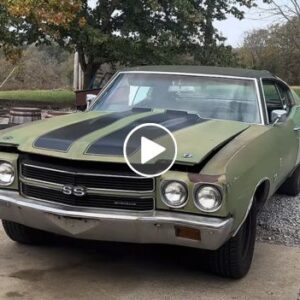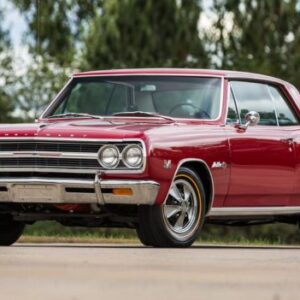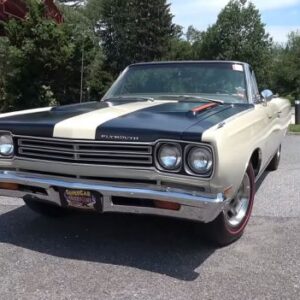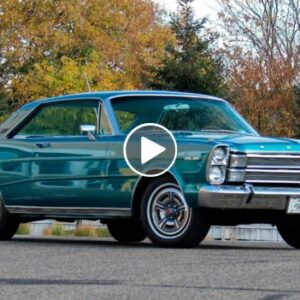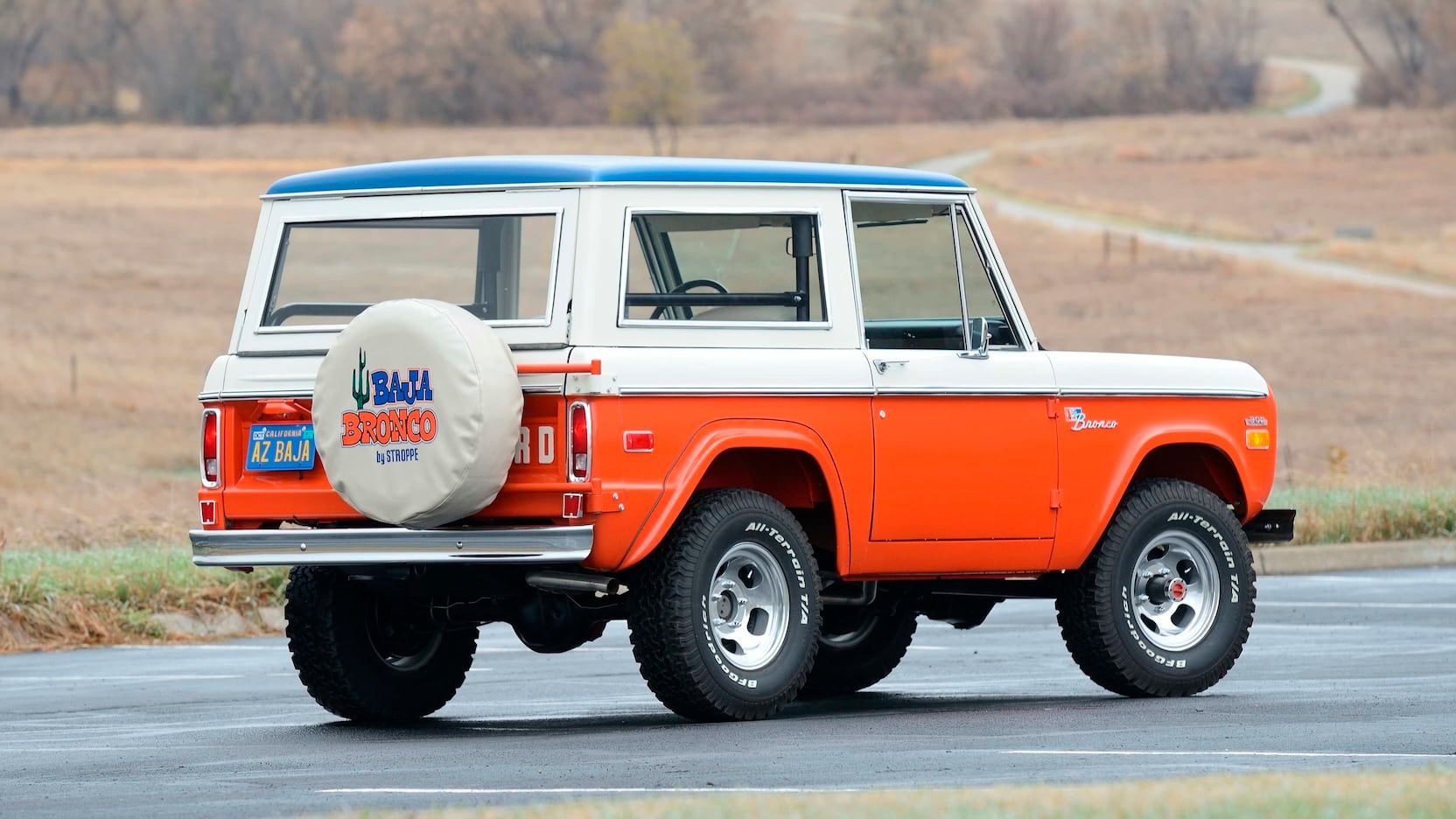
The first-generation Ford Broncos are all similar to each other, except for some of the utility vehicles coming from the factory with steel roofs and working windows. Most of these vehicles were painted with some of the most common colors used by Ford throughout the decade. Still, since the Baja Bronco was painted uniquely, they were able to be distinguished from each other. That is why the Baja Bronco was never given special serial numbers when produced. If the Baja Bronco gets a fresh paint job that does not follow the original design, it will be tough to tell which version of the Bronco is sitting in the driveway.
FAQ
Q: What engine was in the Ford Baja Bronco?
The base level engine that Ford installed into the Baja Bronco was the 302 V8 which could produce right around 205 horses. Once the Bronco got to the Stroppe garage, it could be swapped out for the 351 Windsor if ordered, pushing the horsepower up to 390.
Q: What is the difference between the Stroppe Baja Bronco and The Ford Baja Bronco?
They are one and the same. The Ford Baja Bronco was known as the Stroppe Baja Bronco because the final upgrades made to the Sport version of the utility vehicle were designed and completed by the Stroppe team of racers and performance builders.
Q: Why was Bill Stroppe chosen to help Ford create an offroad Bronco?
Throughout the late ’60s and early ’70s, the offroad racing team to beat was Bill Stroppe and Parnelli Jones. Since Stroppe was a truck builder and a top racer, he was approached by the executives at Ford to collaborate in making a Bronco that could outperform all the competition.
Q: How many Stroppe Baja Broncos were produced?
The exact number has been lost in history, but it is safe to say that there were between 450 and 650 special edition Broncos built in the models from 1971 to 1975. Today, they are hard to find because they are prized collector’s items that classic offroad enthusiasts covet and keep safe
